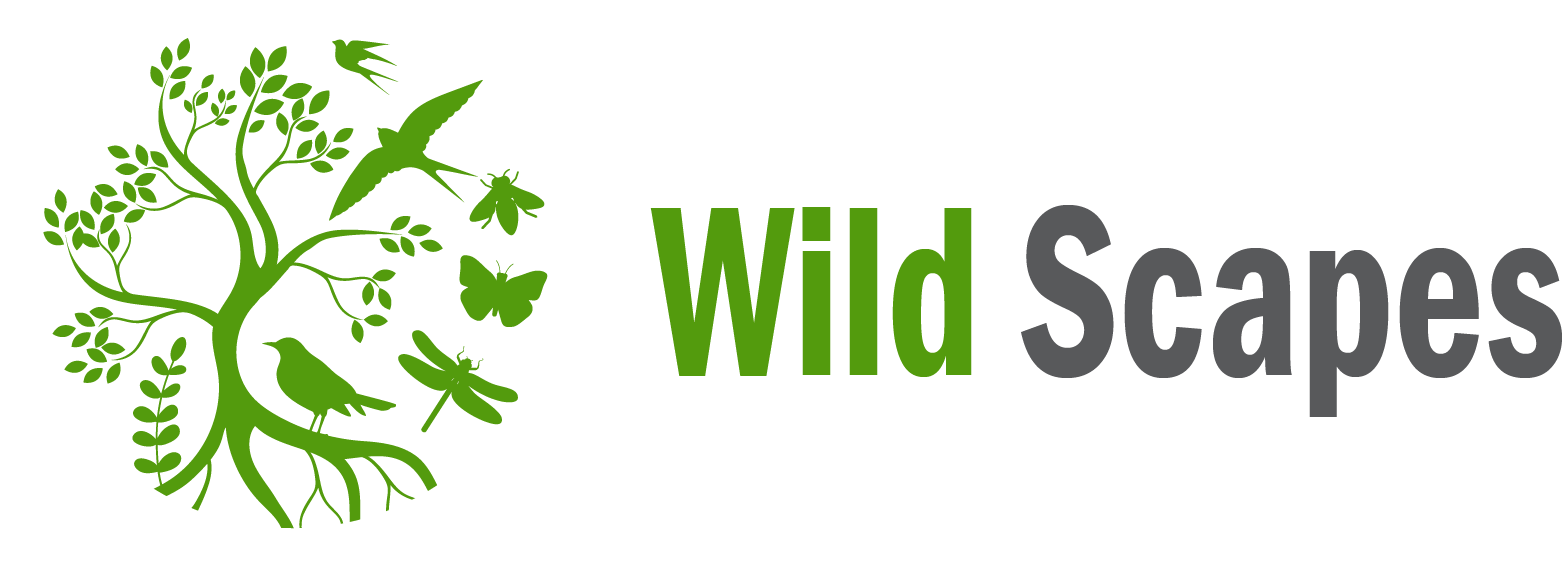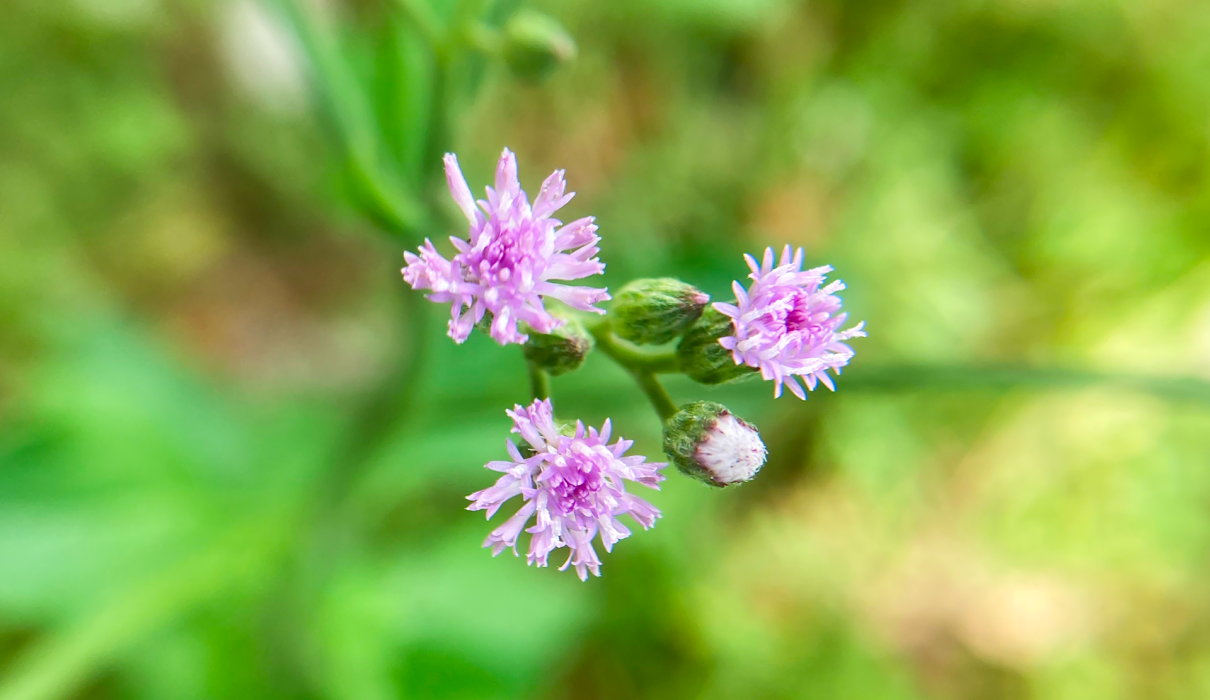In the Maldives, we have a common weed known as Fenkumburuvaani and Kambulic in Dhivehi. Its scientific name is Vernonia cinerea, belonging to the Asteraceae/Compositae family.
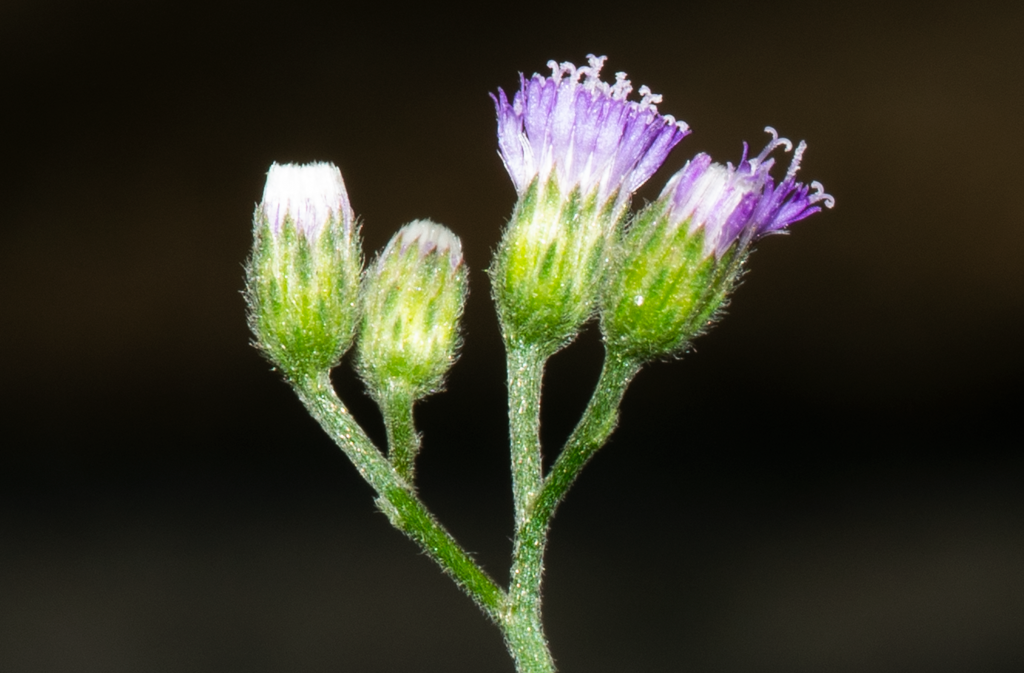
Introduction: Let’s talk about the Ash-Coloured Fleabane, a tiny plant that you’ve probably seen around. Locally, we call it Fenkumburuvaani or Kambulic, and scientifically it’s known as Vernonia cinerea.
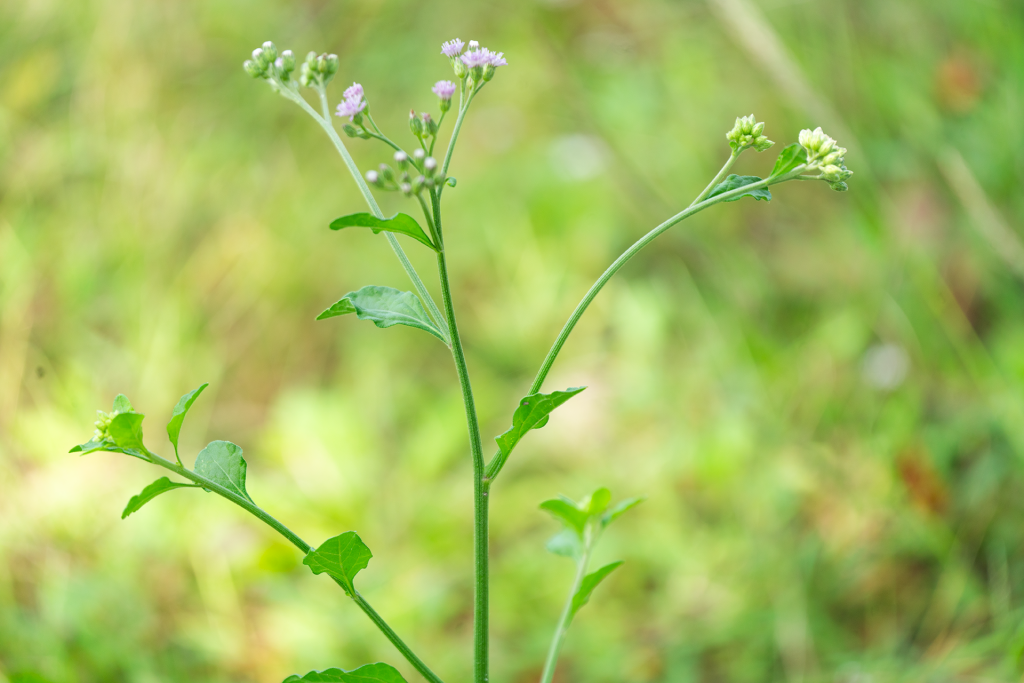
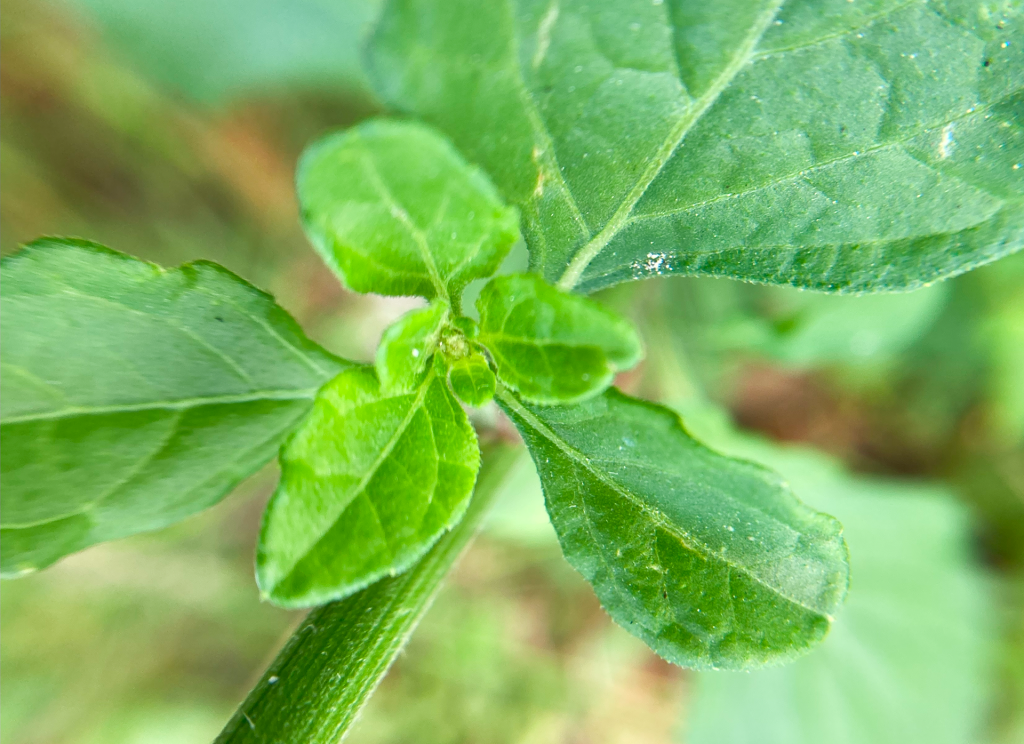
Botanical Basics:
- Scientific Name: Vernonia cinerea
- Family: Asteraceae / Compositae
Overview: This little plant is about 15cm tall and has a tangy fruit. People here use the juice from its bark for backaches and mix flower extract and chandan in milk for conjunctivitis.
Health Remedies:
- Its seeds, mixed with black pepper powder, work well for psoriasis and leucoderma.
- A paste made from the seeds helps with skin issues and head lice.
Visual Features:
- The plant stands tall, covered in fine gray hairs, with elliptical leaves and purplish flowers.
Lifecycle and Structure:
- Starting as small oval cotyledons, it grows into a slightly branched herb fully covered in gray hairs.
- The stem is fluted, and the leaves are oval, obovate, or lanceolate, 2 to 8 cm long, and 1 to 3.5 cm wide.
Tree Size, Growth, and Leaf Sizes:
- General Size: It’s a small, upright plant, 20-80 cm high.
- Growth: It’s not too big, slightly branched, and covered in fine gray hairs.
- Leaf Sizes: Leaves are simple, alternate, and can be oval, obovate, or lanceolate, 2 to 8 cm long, and 1 to 3.5 cm wide.
Cultural Connections:
- Dhivehi Name: Fenkumburuvaani, Kambulic
- Scientific Name: Vernonia cinerea
- English Names: Ash-Coloured Fleabane, Purple Fleabane, Little Ironweed
Traditional Uses:
- People here have been using the Ash-Coloured Fleabane for ages to treat fever, respiratory issues, skin problems, and more.
- It’s also handy for headaches when you put its leaves on your forehead and helps with stomach aches and diarrhea when you make a special root drink.
Environmental Impact:
- While it’s part of our everyday surroundings, this plant is a fast-growing weed that can sometimes cause problems in different places.
Conclusion: In Maldives, the Ash-Coloured Fleabane is a familiar face in our green spaces, offering not just a touch of nature but also a bit of traditional healing.
References:
